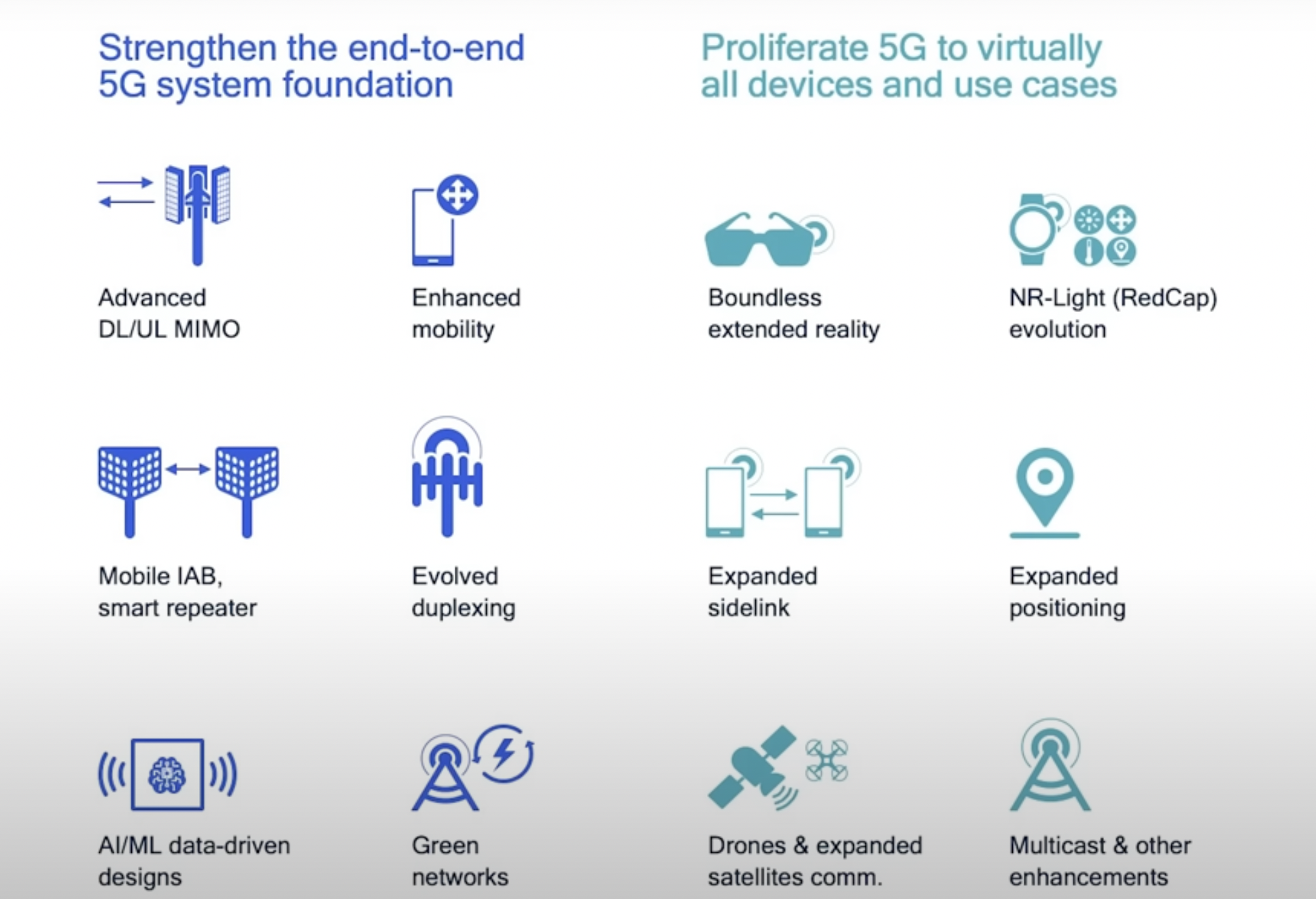Air interface innovations and new services on the way with 5G Advanced and 6G
In addition to driving the ongoing standardization of 5G Advanced and early scoping of 6G, Qualcomm engages in long-term foundational research geared toward identifying and solving problems facing ever-evolving mobile networks. Looking between now and the end of the decade, Qualcomm Vice President of Engineering Tingfang Ji, speaking to RCR Wireless News during Mobile World Congress 2023 in Barcelona, identified air interface innovations and new services as priorities that will become more refined in the long-term transition from 5G to 5G Advanced and on to 6G.
“In my mind, 5G Advanced is not monolithic,” he said. “It’s, for example, almost like a pre-6G study.” On the air interface side, the focus is on full duplex, bringing machine learning (ML) into the air interface, and other system-level enhancements to network efficiency and performance. New services range from Extended Reality (XR), 5G NR Light (RedCap) for low-power devices, expanded sidelink, improved positioning and tighter integration of satellite communications.
“Some part of it will be realized in 5G Advanced in the next five years, and some part of it will actually be commercialized in 6G,” Ji said.
Qualcomm focused on leveraging AI and ML for long-term air interface evolution
The idea of leveraging ML for air interface innovation has implications for two primary areas. First, ML can look at network data and tune the system to be more efficient and operate more optimally. Then, and showing the ability of ML to drive adaptability, ML can help adjust and improve the air interface itself “which means instead of having a pre-defined spec, the design of the air interface will be driven by data,” Ji said. “So the air interface will adapt to the particular condition.”
Bringing AI and ML to bear on both the device and network side is a core part of Qualcomm’s foundational research. In one demo shown during MWC, ML was used for predictive beam selection to improve system performance of an over-the-air 28 GHz mmWave 5G test network at the company’s San Diego, California, headquarters.
Another area of focus, which corresponds with industry moves around radio access network disaggregation to facilitate multi-vendor RAN deployments, is bringing cross-node ML to multi-vendor radio systems. Using a 3.5 GHz test network, Qualcomm used a sequential training methodology so devices and base stations from different vendors could share data without sharing proprietary neural network structures to improve system efficiency and performance.
Giga-MIMO and the upper mid-band
As cellular standards continue to evolve to meet ever-increasing demand for mobile data from a broadening array of device types, access to new spectrum will be critical. In the U.S. and other markets, there’s emerging consensus that the upper mid-band, from around 7 GHz to 24 GHz, will be an important coverage/capacity layer in the future.
Drawing on the lessons learned from developing and deploying massive MIMO arrays for mid-band 5G (around 3.5 GHz), Qualcomm is working on Giga-MIMO to support the upper mid-band. Ji said his team is working on a prototype array with 4,000 antenna elements in a form factor similar to those used for C-Band deployments. “Once you go to a higher frequency, you actually need more beamforming gain to offset the propagation loss.”
For more on Qualcomm’s foundation research, watch the following demos:

